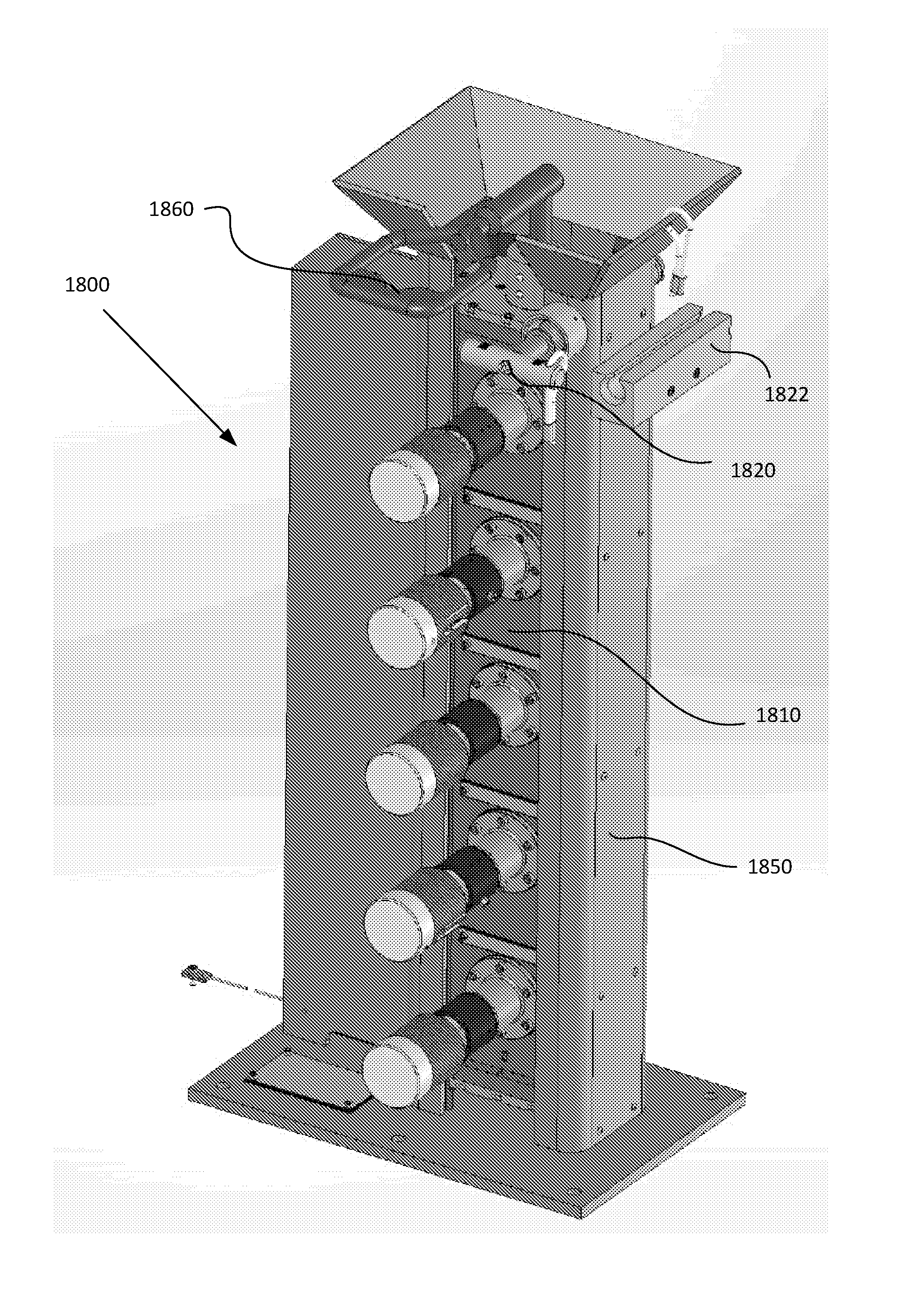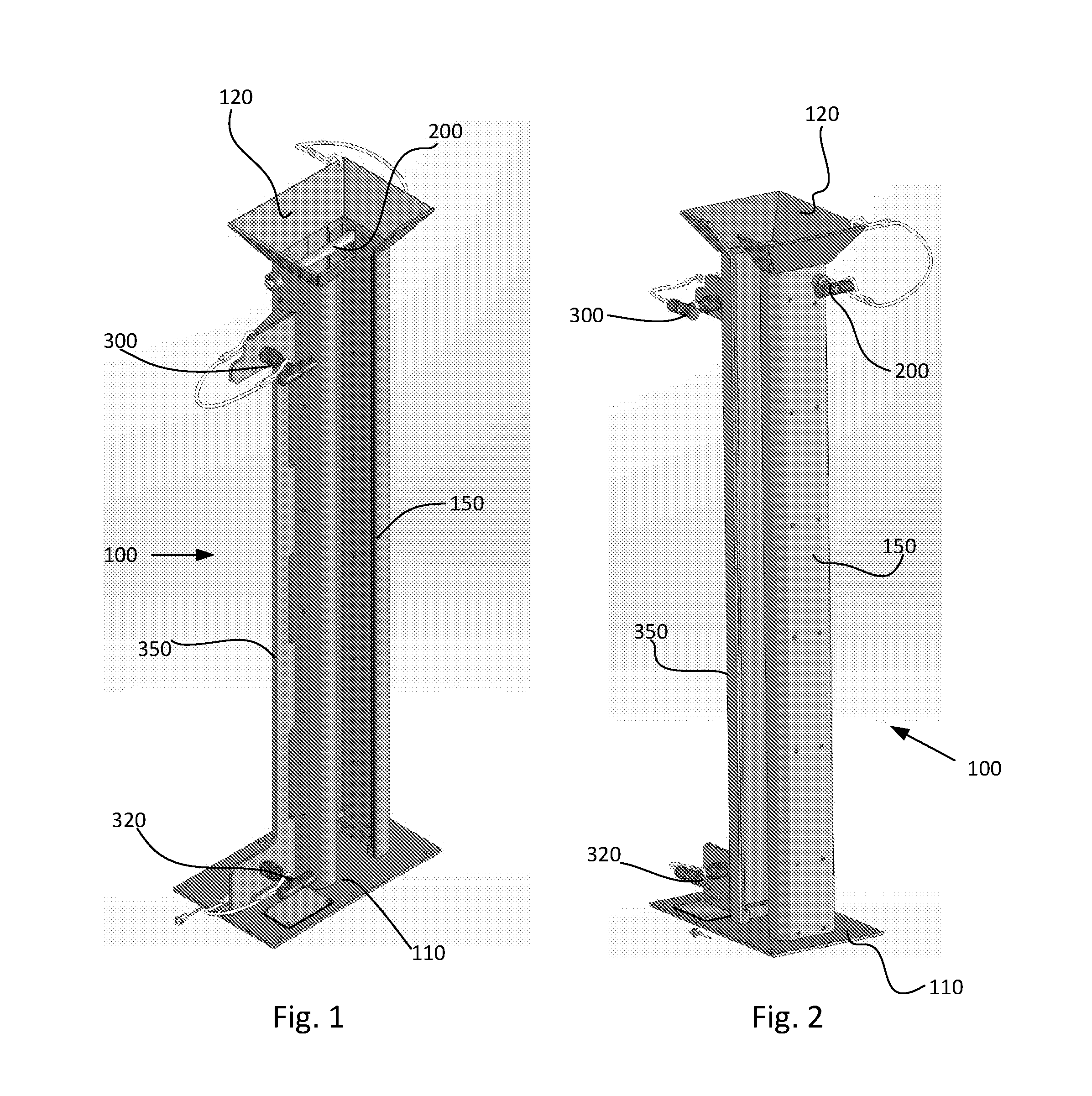Functional and
operational requirements of subsea equipment have become increasingly complex along with the sensing and monitoring equipment and control systems used to insure proper operation.
Problems with this design included that sealing and cleanliness were not adequate to provide desired reliability.
The spring /
piston concept used for sealing electrical connectors is not effective for
optical connectors as pistons get in the way of the light path.
There was no attempt to exclude sand or
silt from the interfaces, and the resulting performance was left to chance.
Such devices are often referred to as “wet-mate” devices and often are at such great depths that temperature and other environmental factors present extreme conditions for materials used in such devices.
One major problem in designing such pressure compensated or pressure balanced units is the performance and
longevity of seals required to exclude
seawater and / or contaminates from the contact chamber after repeated
mating and de-
mating.
However, this type of arrangement cannot be used in a straightforward way for an optical connector since the optical contacts must be able to engage axially for practical purposes.
Other known
fiber-optic connectors have similar seals which are not suitable for use under some conditions and may tend to lose effectiveness after repeated
mating and de-mating.
These overcome some of the reliability problems of penetrable seals, for example, but can be too complex for miniaturized connectors.
Most existing wet-mate connectors of the pressure compensation-type depend on elastomers, which have several known disadvantages and which only grow as required
temperature and pressure performance in the operating environments increase.
Above 350° F. in particular, but at lower temperatures as well, elastomers in
seawater degrade rapidly, and can fail due to numerous causes, including: rupture; rapid gas decompression (RGD) embolisms; leakage; melting; and gas
permeation.
Other pressure compensation systems typically rely on
metal bellows, which have different weaknesses.
At the scale of ever-smaller optical
feedthrough systems, where diameters of compensation systems are typically less than an inch, the
metal of the
bellows are extraordinarily thin, and the welded joints may be subject to fatigue, opening up failure pathways similar to those of elastomers.
Operators experience
signal loss on gas and gas-lift wells during
start up and shutdown.
In addition, pressure compensated systems in gaseous environments have experienced complete loss of pressure compensation and infiltration of
seawater into spaces that should be dielectrically insulated by oil.
One major problem in designing such units is the provision of seals which will adequately exclude or evacuate seawater and / or contaminants from the contact chamber after repeated mating and de-mating operations.
However, in normal applications, MCDUs may need to be removed for refurbishment or repair after only 5-8 years as a result of factors including
galvanic corrosion.
Furthermore, MCDUs and other sub-sea devices may need to be moved from their original location or removed entirely due to factors other than equipment failure.
For example, a planned
oil well may not be economically feasible due to the oil reserve not being as large as originally surveyed.
Sub-sea mining equipment also may require more power than sub-sea
oil drilling equipment and may therefore put additional strain on equipment such as MCDUs, requiring more frequent refurbishment or repair.
These and other factors may make it hard if not impossible to remove an MCDU from its landing frame, resulting in the inability to remove, reuse, or refurbish either the frame or the MCDU.
Refurbishing an MCDU is economically desirable over replacing and MCDU due to the very high equipment cost per MCDU.
Additionally, when connecting various wet-mate type connectors to or from an MCDU, problems exist in securing connectors, cables, remote operate vehicles (ROVs), and other materials.
Currently there exists no method for securing immersed, un-restrained objects in seawater or freshwater with
vertical stability and a positive meta-centric height to a fixed structure, neutralizing the
buoyancy force effect.
 Login to View More
Login to View More  Login to View More
Login to View More 


